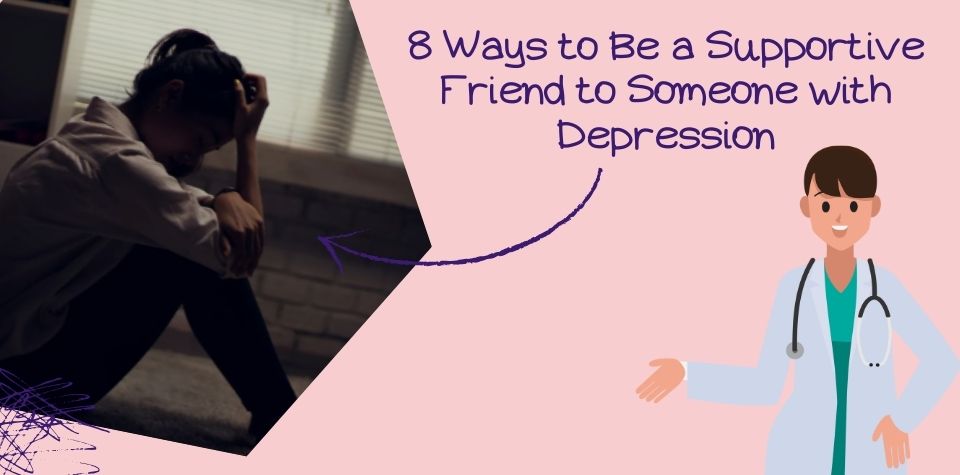CFS [Chronic fatigue syndrome] is a severe condition characterized by extreme tiredness or exhaustion that does not go away with rest and can’t be explained by an ongoing medical condition. Systemic exertion intolerance disease [SEID] or ME [myalgic encephalomyelitis] are other names for CFS.
What causes chronic fatigue syndrome?
The reason for chronic fatigue syndrome is not known yet. According to the researchers, some contributing factors can include-
- Stress
- Viruses
- A weakened immune system
- Hormonal imbalances
There’s also a chance that a small percentage of people are genetically predisposed to develop chronic fatigue syndrome. Though CFS may occasionally develop after a viral infection, no one type of infection has been shown to cause CFS.
Viral infections investigated in connection with CFS
The following are a few viral infections that have been investigated in connection with CFS:
- Rubella virus EBV [Epstein-Barr virus]
- RRV [Ross River virus]
- Human herpesvirus
Bacterial infections, such as Mycoplasma pneumoniae and Coxiella burnetiid, have also been investigated in relation to CFS.
Risk factors for chronic fatigue syndrome CFS are generally seen among people in their 40s and 50s. Sex also plays a lead role in CFS, as females are two to four times more likely to be diagnosed with CFS than males.
Other factors that may raise your risk for CFS include-
- Stress
- Genetic predisposition
- Environmental factors
- Allergies
Symptoms of CFS
Symptoms of chronic fatigue syndrome differ based on the individual and the severity of the condition. The most typical symptom is fatigue, which is severe enough to interrupt your regular activities. For chronic fatigue syndrome, a majorly reduced ability to perform your usual regular activities with fatigue must stay for a minimum of 6 months.
Bed rest must not be a cure for it. You will also face extreme fatigue after mental or physical activities, which is referred to as PEM or post-exertional malaise. It may stay for more than a day after the activity.
CFS may also introduce sleep issues, such as
- Chronic insomnia
- Feeling drowsy after a night’s sleep
- Other sleep problems
- Additionally, you can also face-
- Reduced concentration
- Loss of memory
- Orthostatic intolerance
Physical symptoms of chronic fatigue syndrome can include-
- Frequent headaches
- Muscle pain
- Frequent sore throat
- Multi-joint pain without swelling or redness
- Swollen and painful lymph nodes in your armpits and neck
Chronic fatigue syndrome impacts a few people in cycles, with periods of feeling worse and then better.
Diagnosis
In the research of the Institue of Medicine in 2015, CFS occurs in almost 836,000 to 2.5 million American people. There are no clinical tests to screen for this syndrome. Its symptoms are the same as many other conditions.
A few conditions with symptoms that resemble those of chronic fatigue syndrome include-
- Fibromyalgia
- Mononucleosis
- Multiple sclerosis
- Sleep disorders
- Severe disorders
- Hypothyroidism
- Lupus
- Severe obesity
The adverse reactions to specific drugs, such as alcohol and antihistamines, may mimic CFS symptoms as well.
Treatment of chronic fatigue syndrome
There’s no particular cure for this syndrome yet. Each person may face different symptoms and, therefore, can need different kinds of treatment to handle the disorder and treat their symptoms.
Few patients with chronic fatigue syndrome may also have functional vitamin deficiencies and theoretically can feel better with vitamin supplementation, but much more research is required.
You may work with your healthcare team to create the most effective treatment plan for you. They may go over the potential benefits and adverse reactions of the therapies with you.
Addressing PEM symptoms
PEM happens when even minor mental, emotional, or physical exertion results in CFS symptoms increasing and becoming worse.
Worsening symptoms generally happen 12-48 hours after the activity and stay for 24 hours or even weeks.
Activity management, also known as pacing, may help balance activity and rest to avoid PEM flare-ups. You will be required to find your own boundaries for physical and mental activities, plan these activities, and then rest to stay within these limits.
Lifestyle changes and home remedies
Making a few lifestyle changes may help lower your symptoms. Eliminating or limiting your caffeine intake may help you sleep better and treat your insomnia. You should avoid or limit nicotine and alcohol, too.
You may try to avoid napping during the day if its hurting your capability to sleep at night. Make a sleep schedule. Go to sleep at the same time every night and aim to wake up around the same time every day.
Medicines
Generally, no one medicine may treat all of your conditions. Also, your symptoms can change over time, so your drugs can have to as well.
In a few cases, chronic fatigue syndrome may trigger or be a symptom of depression. You may require low-dose antidepressant therapy or a referral to a mental health expert.
Lifestyle modifications do not provide you with a peaceful night’s sleep; your healthcare can suggest a sleep drug. Pain-lowering drugs may also help you cope with joint pain and aches caused by chronic fatigue syndrome.
If drug therapy is required, it will have to be tailored to your requirements. You should work closely with your healthcare expert.
Alternatives to medicine
Yoga, acupuncture, massage, and tai chi can help treat the pain connected with chronic fatigue syndrome. Always consult your healthcare expert before starting any complementary or alternative treatments.
For more health and technology related updates, visit this page.











